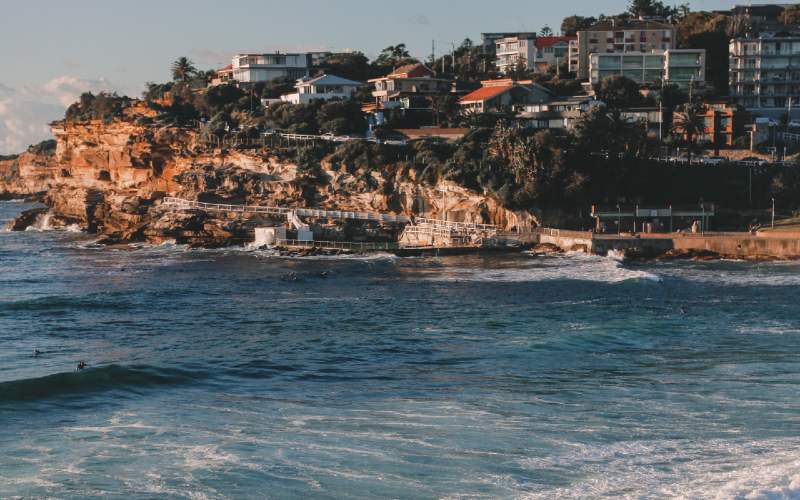The latest national vacancy rental data from SQM Research shows the total number of vacant rental properties in Australia has fallen to 62,144, down from 66,411 in April when the vacancy rate was at 1.9%.
The May data also reveals vacancy rates in Sydney and Melbourne CBDs, which spiked last year during COVID, have fallen significantly.
Vacancies in the Sydney CBD more than halved from their peak of 16.2% in May last year to 6.8% in May 2021.
In Melbourne's CBD the vacancy rate fell to 8.0%, down from its peak of 10.8% last year.
SQM Managing Director Louis Christopher says vacancy rates in both cities still remain elevated due to apartment oversupply.
"Those vacancy rates could begin a downward trend over the second half of 2021, particularly in Sydney, as life resumes relative normality," Mr Christopher said.
"However, the loss of international student tenants, along with unit oversupply, will keep vacancy rates relatively high as the COVID-19 pandemic continues."
Recent research from Knight Frank revealed the number of new apartments being built is set to plunge, raising fears of future rental shortages once international immigration and students return.
Knight Frank Research’s Australian Residential Development Review 2021 found that only 86,400 new apartments are in the pipeline of construction by 2024, compared with 135,300 from 2018 to 2020.
In Sydney, only 36,275 new apartments will be built by 2024, a dramatic decrease from 67,925 from 2018 to 2020.
Knight Frank's head of residential research Michelle Ciesielski said while we're "not likely to get a boost in population over the next 12 months" the shortage of rental accommodation could be a problem when international borders reopen.
"[When we start] to see more people come back into Australia, we’re not going to have the apartments to accommodate these people," Ms Ciesielski said.
Rental markets in regional areas tighten
Rental vacancy rates in regional areas have also fallen, according to SQM research.
In Perth, Adelaide, Canberra, Darwin and Hobart, the vacancy rate remained below 1.0%, while Brisbane’s rate fell to 1.3% from 1.4%.
Mr Christopher said the low vacancy rates are pushing up rents in many regional locations.
"This trend is likely to remain through the second half of the year, given the fierce competition for rental accommodation in many areas," Mr Christopher said.
"We are still seeing falling vacancies everywhere from Victoria’s Mornington Peninsula, the Gold Coast, right through to inland areas like the Murray Regions of NSW and South Australia to outback Northern Territory, along with Darwin, which is having the effect of boosting rents as tenants compete for rental homes.
"However, vacancies rates rose for the NSW North Coast, as some renters headed back to town and we also saw a rise in vacancy accommodation in Perth, though the rate was unchanged."
Nationally, rents have risen 15.5% for houses and 6.6% for units over the year, with much of that growth being fuelled by strong rises in regional areas where there is a severe shortage of rental properties.
Photo by Jeremy Zero on Unsplash

Ready, Set, Buy!
Learn everything you need to know about buying property – from choosing the right property and home loan, to the purchasing process, tips to save money and more!
With bonus Q&A sheet and Crossword!



 Harrison Astbury
Harrison Astbury
 Arjun Paliwal
Arjun Paliwal










